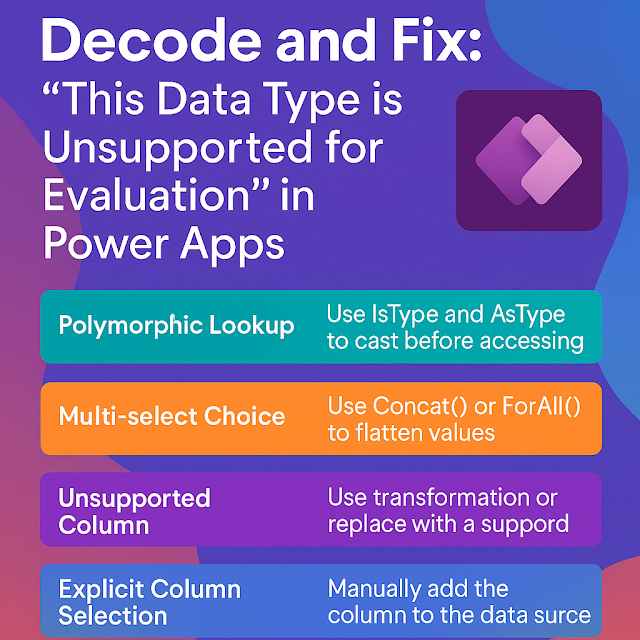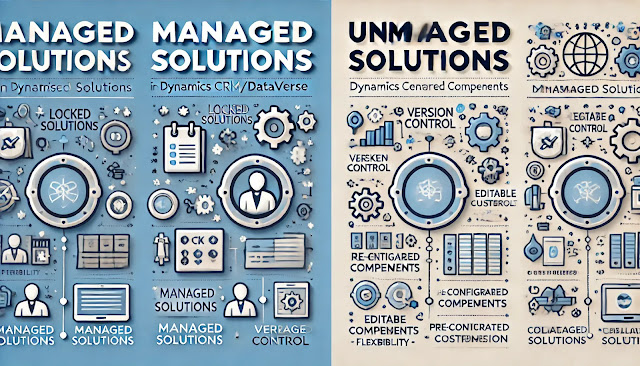Microsoft Dynamics 365 Customer Experience Analyst : Configure Teams collaboration
Teams Collaboration in Dynamics 365 Sales enables seamless communication and teamwork directly within the sales process, allowing sellers to connect, share, and collaborate on deals without leaving Dynamics 365. Through the integration with Microsoft Teams, users can access chats, meetings, and files related to specific records such as opportunities, accounts, or leads — all from within the Dynamics interface. This unified experience enhances productivity by reducing context switching and ensuring everyone stays aligned with the latest customer information. Sales teams can co-author documents in real time using Microsoft 365 apps, mention colleagues to get quick inputs, and use conversation tabs to track deal progress. Additionally, Teams integration supports automatic channel creation, meeting scheduling, and record sharing with controlled permissions, fostering efficient, data-driven collaboration across departments.
Microsoft Teams collaboration in Dynamics 365 Sales enables sellers and other team members to communicate, share documents, and manage deals collaboratively without switching between applications. This integration allows users to:
- Chat directly from Dynamics 365 records
- Access and share Dynamics 365 data in Teams
- Automatically link or create Teams channels for opportunities and accounts
- Collaborate on documents through integrated Microsoft 365 (Word, Excel, PowerPoint)
- Manage permissions and maintain data security within Dataverse
Key Prerequisites
Before you start the configuration, ensure the following:
Licensing Requirements
Users must have both Dynamics 365 Sales (Enterprise or Premium) and Microsoft Teams licenses.
Environment
Microsoft Dataverse and Teams integration must be available in your tenant.
Permissions
System Administrator or equivalent privileges in Dynamics 365 and Teams Admin Center.
Microsoft 365 Integration
Dynamics 365 and Teams must be in the same Microsoft 365 tenant.
Configuration Steps
Step 1: Enable Collaboration Features in Dynamics 365
Go to Dynamics 365 Sales Hub → App Settings → Productivity Tools → Microsoft Teams Integration.
Turn on:
- Collaborate using Microsoft Teams
- Chat and collaborate on records
- Enable connected experiences between Dynamics 365 and Teams
- Save your settings.
Step 2: Configure Teams Integration in the Power Platform Admin Center
Navigate to Power Platform Admin Center → Environments → [Your Environment] → Settings → Microsoft Teams collaboration.
- Ensure that “Allow Microsoft Teams users to read Dynamics 365 data” is enabled.
- This allows users to access shared Dynamics data directly within Teams.
- Optionally, enable auto linking of Teams channels to Dynamics 365 records.
Step 3: Connect Dynamics 365 Records to Teams
Users can manually or automatically connect Dynamics 365 records to Teams:
Manual linking:
- Open a record (like an Opportunity or Account) → Select Collaborate → Connect to Microsoft Teams → Choose an existing team or create a new one.
Automatic linking:
- Define automation rules so that when a new record (e.g., Opportunity) is created, a Teams channel is automatically generated.
Step 4: Enable Teams Chat within Dynamics 365
- Go to App Settings → Collaboration → Chat and collaboration.
- Enable:
- Embedded Teams chat
- Chat notifications and conversation history
Users can now start Teams chats directly from a Dynamics 365 record.
Step 5: Manage Security and Permissions
- Access to shared data in Teams is governed by Dataverse permissions.
- Admins can restrict what data is accessible by enabling record-based access control.
- Ensure compliance using Microsoft Purview for data classification and retention policies.
Key Features after Configuration
Once configured, you can:
- Access Teams Chat within Dynamics 365 forms (e.g., Opportunity, Account, Case).
- Collaborate on Files (stored in SharePoint, linked via Teams).
- View and join Teams meetings directly from record timelines.
- Add Dynamics 365 tabs inside Teams channels (to pin related dashboards, records, or views).
- Receive adaptive cards and notifications in Teams for key events (like opportunity updates or approvals).
Best Practices
Governance: Define naming conventions and auto-provisioning rules for Teams linked to Dynamics records.
- Security: Use Azure AD groups and Conditional Access to control access.
- Adoption: Train sellers to use in-context chats and file collaboration to minimize email threads.
- Monitoring: Use the Power Platform Admin Center and Teams usage reports to track collaboration activity.
Example Use Case
A Sales Representative working on an Opportunity can:
- Link the opportunity to a Teams channel dedicated to that deal.
- Chat with pre-sales and marketing teams directly from the record.
- Co-edit the proposal document in real time via SharePoint integration.
- Review updates through the timeline and collaborate using adaptive cards in Teams.
This streamlined collaboration increases visibility, shortens the sales cycle, and improves customer engagement.












Comments
Post a Comment